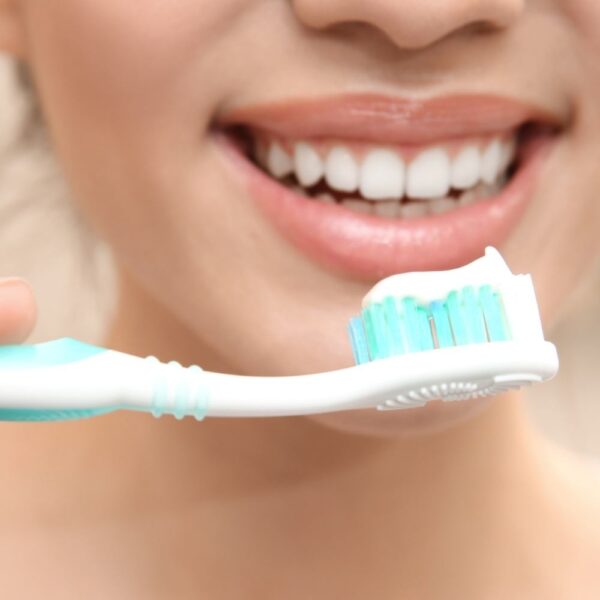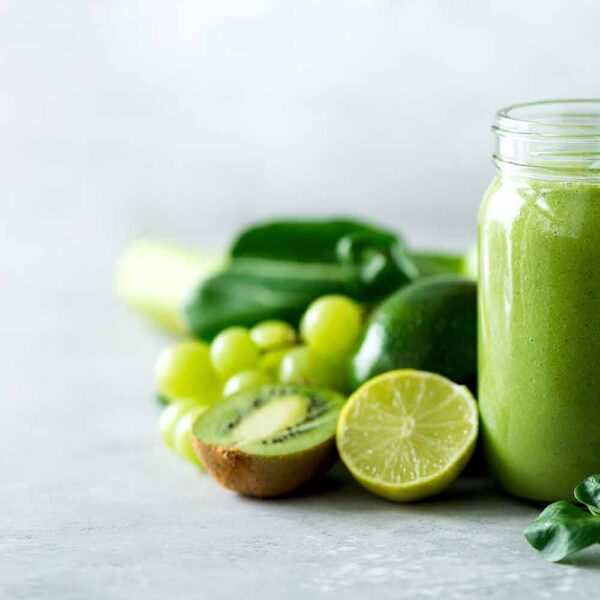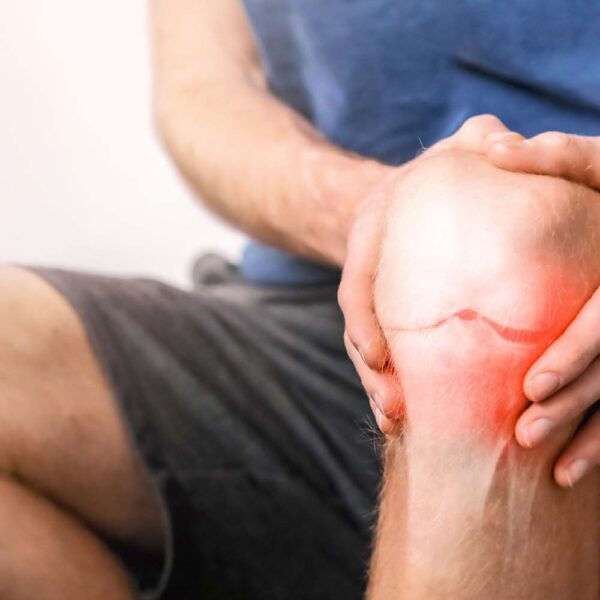Toxins to avoid:
There are some very nasty chemicals out there – yes, they’re all bad – but some are worse than others. Below are some toxins to avoid. The liver is the most important detoxifying organ in the body. When the liver can’t effectively neutralise and dispose of toxins, they accumulate in the body. An essential nutrient for healthy liver function is Milk Thistle
Here are our Top 10 toxins to avoid:
1. Sodium lauryl sulfate (SLS) and sodium laureth sulfate (SLES): These closely related chemicals occur in everything from soaps to toothpaste, and are found in virtually all shampoos and foaming products. They cause skin irritation, serious eye damage, diarrhea, breathing difficulty – even death – in laboratory animals. The American College of Toxicology discovered these chemicals can cause malformation in the eyes of children. While other research shows SLS in particular can damage the immune system. This can potentially leave the body open to damage, disorders and disease including cancer. Toxic residues can be left behind in the heart, brain and liver.
2. FD&C colour pigments: They may seem like harmless colorants, but the many pigments finding their way into personal care products can damage the skin. In addition it’s been shown that absorption of some of these colorants can deplete the body of oxygen and in extreme cases lead to death. The majority of these pigments are made from coal tar – a substance known to cause cancer in laboratory animals.
3. Isopropyl alcohol: How many times have you noticed this chemical listed on the ingredients of lotions, fragrances, cosmetics and similar products? You might think because of its widespread use that isopropyl alcohol is safe. This petroleum-derived substance is the same chemical used in antifreeze and as a solvent in shellac. Both inhalation and ingestion are dangerous – leading to dizziness, depression, vomiting, nausea and coma.
4. Polyethylene glycol (PEG): These harsh chemicals are used to dissolve oil and grease, as well as thicken products! Ugh. They are even used as oven cleaners!! Why would you want to use them on or in your body? Yet, PEGs find their way into many of the personal care products you use every day. Potentially carcinogenic, PEGs are known to damage the immune system and exposure can trigger cancer cell growth.
5. Chlorine: Despite being used in swimming pools, laundry products, sewage systems and tap water among other applications – chlorine is far from harmless. This chemical is widely known to cause delirium, diabetes, high blood pressure, circulatory collapse and a host of other serious conditions. It is also a likely carcinogen. This is why we use a distiller and have for 20 years! (See more here )
6. DEA (diethanolamine), MEA (momoethanolamine) and TEA (triethanolamine): You will often find these acronyms listed in conjunction with other ingredients on product labels. These chemicals are carcinogens known as hormone-disrupting chemicals. They are frequently found in products that foam, such as bubble baths, body washes and shampoos. Dr. Samuel Epstein the Professor of Environmental Health at the University of Illinois has noted that repeated skin exposure can lead to a significant increase in the rates of kidney and liver cancer.
7. Mineral oil and baby oil: What can be more harmless than something known as baby oil, marketed to protect an infant’s skin? Baby oil is still 100% mineral oil, a commonly used petroleum-based ingredient that is also used to make plastic wrap. Like plastic wrap, it robs your skin’s natural ability to breathe and release toxins. It can also slow down cell development, leading to breakdown of cells and premature ageing. We shudder when I think of how as a teenager we would rub this all over our bodies to get a faster tan!
8. Fragrance: It’s difficult to find a personal care product that doesn’t contain some sort of fragrance, from baby lotion to deodorants. Unfortunately, a surprising number of the compounds used in fragrance are themselves carcinogenic or toxic. Many fragrances are synthetic chemicals. Clinical studies have shown that repeated exposure can affect the central nervous system, causing depression hyperactivity, irritability, and behavioural problems. Make sure any fragrances you use are from essential oils – we only use natural fragrances in our Grace skincare range
9. Propylene glycol (PG): Commonly found in products as a “wetting” agent or solvent, you may be surprised to learn that PG is also the active component in antifreeze – actually, there is no difference in the industrial product and the personal care product ingredient. While known to break down protein and cellular structure it is still found in a multitude of skin and hair products including cosmetics. The U.S. Environmental Protection Agency requires that workers wear protective gear when working around these chemicals. This is to guard against brain, liver and kidney damage.
10. Imidazolidinyl urea and DMDM hydantoin: These compounds are just a few of the many preservatives found in personal care products that are known to release formaldehyde (this is used to embalm the dead) – which has been shown to damage the respiratory system and cause heart palpitations, according to the Mayo Clinic. Other complications brought on by exposure include rash, joint pain, depression, headaches, chest pains, and sleep loss, to name a few. Exposure has also been shown to weaken the immune system and known to increase the risk of cancer.
Educate yourself and invest in natural products with ingredients you understand and know. Better still know what toxins to avoid and where possible make your own!








